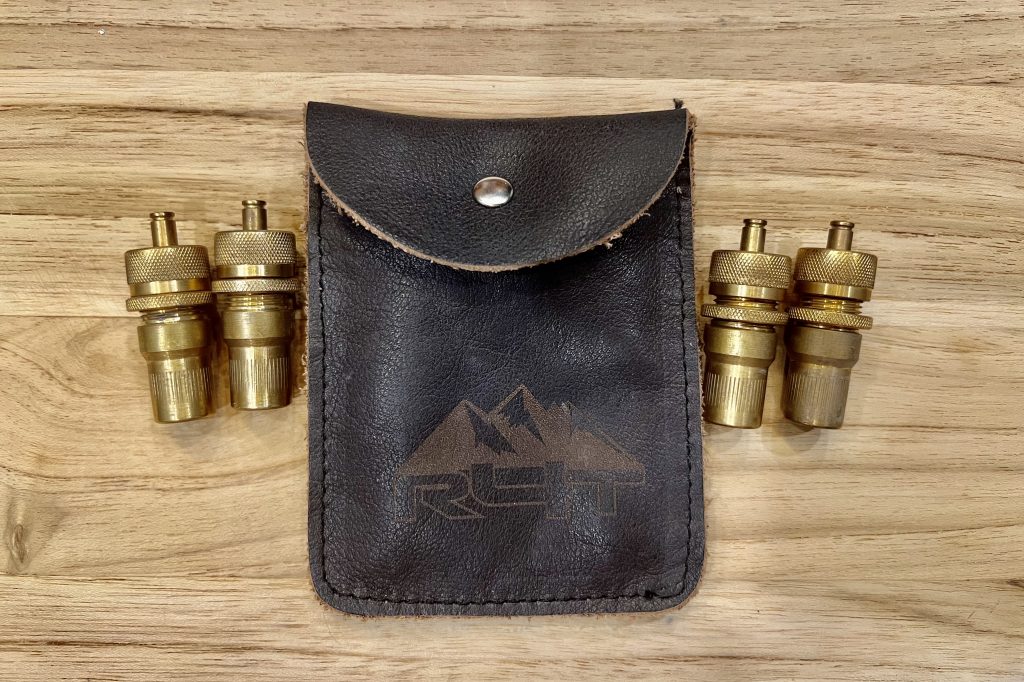
Airing down your tires makes for smooth riding and a good grip when driving over bumpy off-road terrain. Until now I have known of a few ways to deflate tires before hitting the trails.
- Manually depress each valve
- Valve stem core puller with gauge (ARB deflator)
- Use a two-tire or four-tire deflation hose kit
The problem with the first option is that it takes a while, counting all four wheels, and you must stop every so often and check the pressure with a gauge. If you go too far with one, then your tires’ pressures are uneven and you must pump that one back up, etc. The problem with the second option is that you have to unwind 20 feet of hose to air down. It’s not a huge deal but it does take a bit more time to unwind the hose, air down all four, and wind the hose back up again. Valve stem deflators in general are just a lot faster.
Find It Online
- R4T Tire Deflators: Check Price
Table Of Contents
Easy To Use
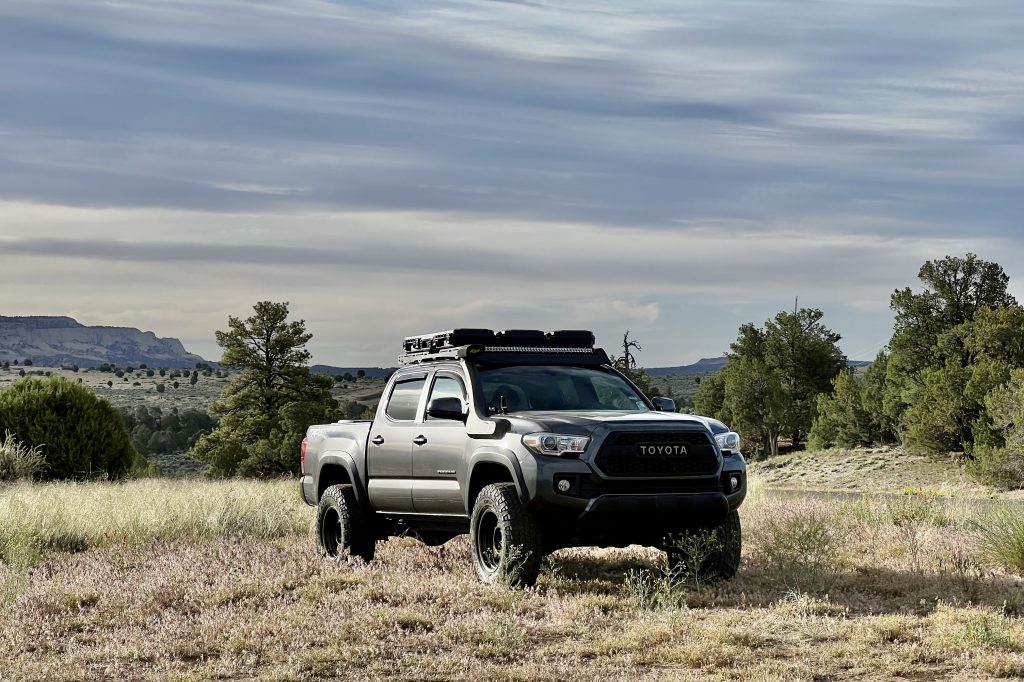
These are essentially pressure regulators that release air until a certain pressure is maintained, at which point they automatically close off.
The idea behind them is for off-road enjoyers to screw the deflators onto each valve stem and then let them do their work. They’re extremely easy to use, fit nicely in your glove compartment, and come in a cool leather storage pouch.
How To Use
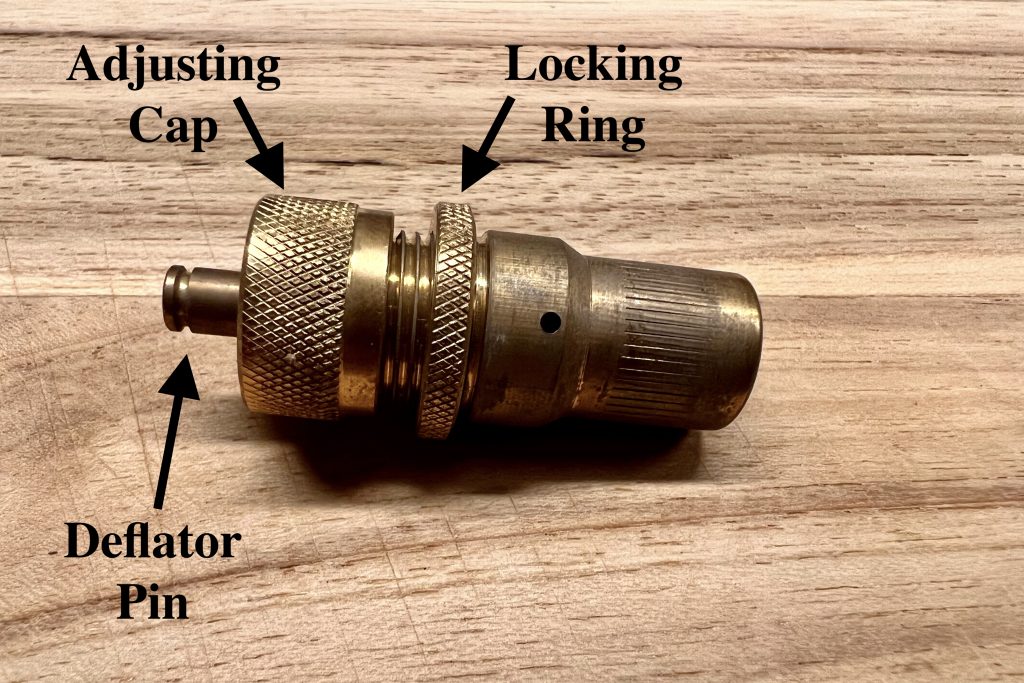
The deflators will bring down your tire pressure to whatever level you desire.
First, to tune them, you will need to deflate a spare down to whatever pressure you prefer for off-roading. I use between 15-18 psi. Next, wind the locking ring and the adjusting cap all the way down (clockwise). Then, screw the deflator onto the tire’s valve stem. Now, unwind (counter-clockwise) the adjusting cap until air begins to release, then tighten the adjusting cap until the air stops leaking. Finally, turn the locking ring up to the adjusting cap in order to lock it in place. Repeat these steps for all four.
Now your tire deflators are set to the PSI of your spare tire. When you go to deflate your truck tires next time, you’ll just screw each onto your tires’ valve stems and let them do their work. The hissing sound will start up and then stop automatically. That’s when they’re done, and the pressure is at its proper mark. Easy!
First Impressions
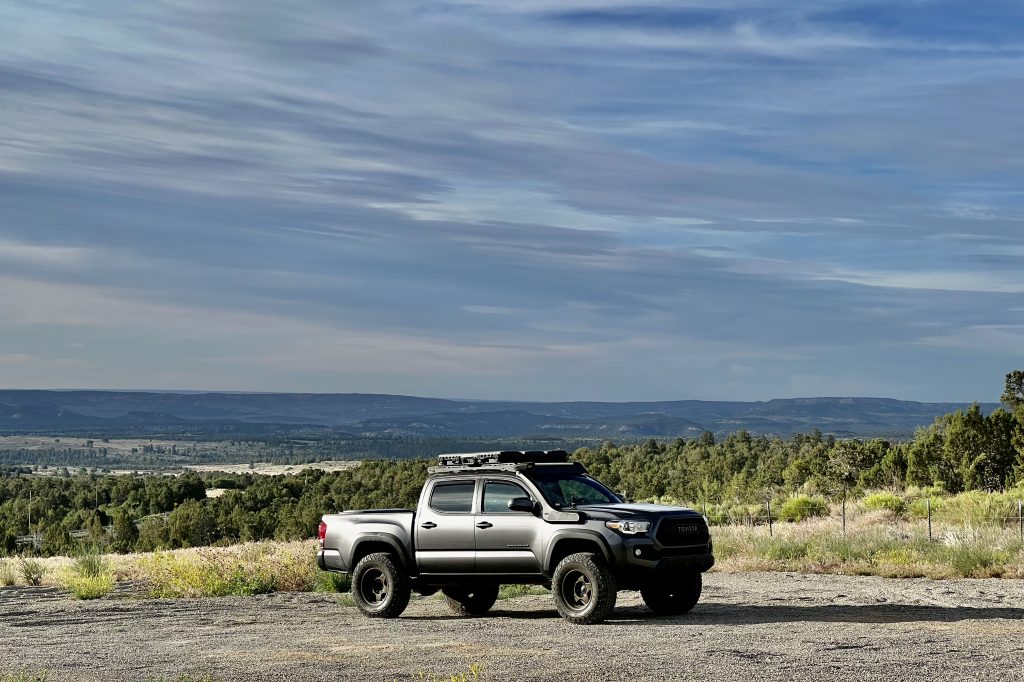
When it comes to over-landing there are two rules I live by: space and efficiency. In order to have a pleasurable experience off-road, we want things to pack down tightly and to work quickly when needed. R4T’s Tire Deflators shave a few minutes off of those final, exciting moments between leaving the pavement and hitting the trail.
While on a recent trip in Utah and Arizona, I aired down several times with these. Each time I was able to screw all four onto all tires and then walk away to attend to other matters. When I returned after a few minutes, each was at 16 PSI, precisely. It’s a worry-free, hassle-free trail hack.
I also really like not having to crouch down by each one and hang out by the dust for a few minutes while holding a manual deflator. Especially while my friends are busy hobbling around their rigs, stooping and checking their tires. I checked the pressure each time, just to be sure they worked and didn’t lose their settings I had initially locked in after repeated use (and lots of bumpy rides in between). After five air-downs the tires went to the same levels again and again. That’s a win for consistency.
Final Thoughts
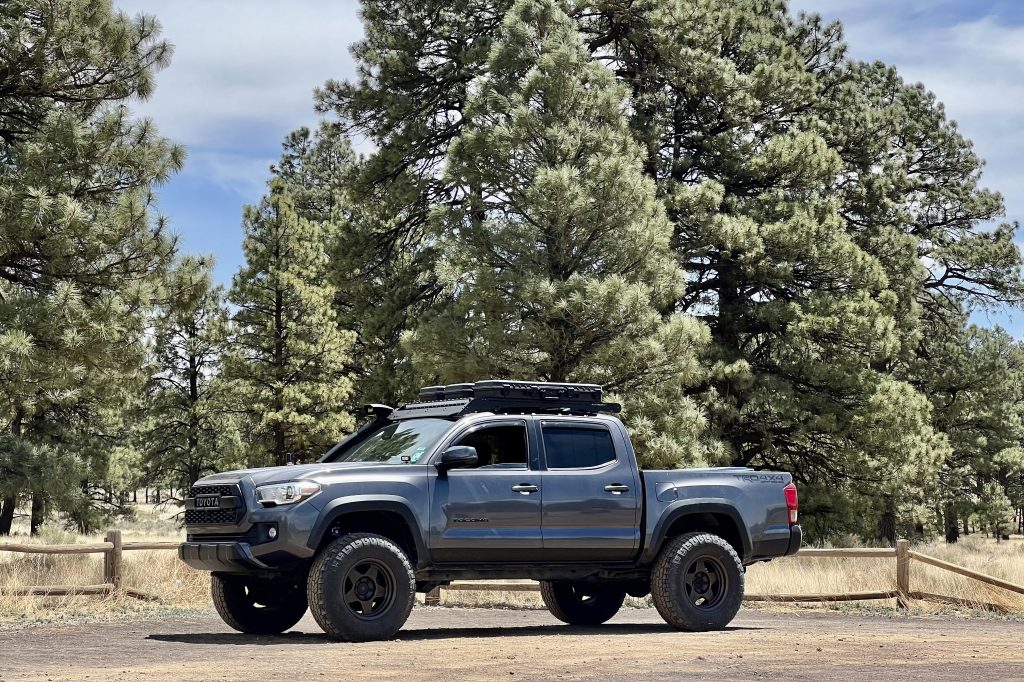
There are great options for deflating your tires, and what works best for you will depend upon your use and setup. The advantage of R4T’s deflators would be deflating all four at once and, again, not having to hangout for a few minutes squatting down by your tires. But it definitely gets the job done reliably and fast! There are other brands that make similar options – but the cost is a bit steeper, and it seems to me that they both function comparably.
The one that I think has an advantage over the R4T’s is the MORRFlate Quad Inflation + Deflation kit. It comes with that nice chuck and gauge I mentioned above, but it connects to all four at once. That’s right: it allows you to deflate all four tires at the same time, monitored by one gauge simultaneously. It’s super slick.
The only hang-up is cost and it does take more time to deploy when compared to a screw-on valve stem deflator. The kit runs much more than the cost of R4T’s setup. So, I’d put the R4T option in a top category for convenience and price when compared to other options.
Overall, these made my trail prep a little more smooth and easy. Just don’t forget to take them off before heading off into the trails!

